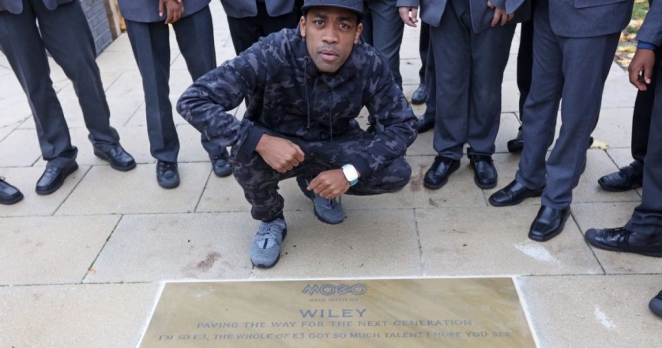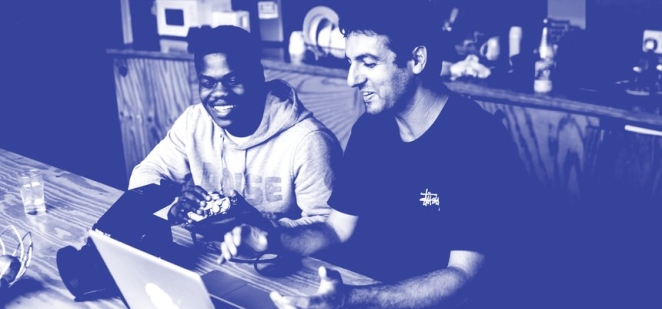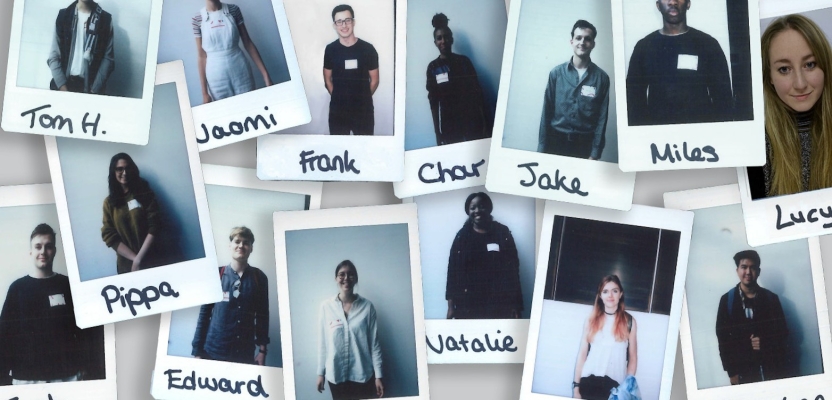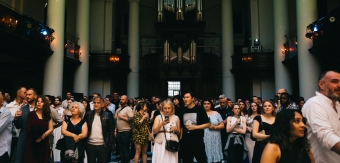The great diversity project is still very much a work in progress. Yes, there are more opportunities than ever before for people who don’t look like Don Draper but still, only 11.4% of industry jobs are filled by BAME individuals. And that’s before we even begin to enter into the class debate where young creatives without wealthy parents can’t afford to take on unpaid internships.
This might surprise some, as the creative industries are generally considered to be quite forward-thinking. However, a report by the All-Party Parliamentary Group for Creative Diversity found that workforces in the creative industries are at risk of becoming more unequal unless efforts are made to improve diversity and inclusion.
According to the report, The UK’s creative industries remain unrepresentative of the population. Straight, able-bodied, white men living in London are only 3.5% of the UK population, it highlights, but “this small minority still dominates the creative sector, and in particular occupy a vast number of the most senior creative roles”.
Of course, the pandemic certainly didn’t help matters, with disabled people, younger workers, those not engaged in higher education and mothers among the employees hardest hit by the pandemic. Employment in the arts and entertainment sectors for women in minority groups has fallen by 44% since the pandemic, more than any other group in any industry.
There are still major leaps to be made and many lessons to be learned. But there are benevolent entities out there doing their best to course-correct and cultivate an industry that favours talent over education and privilege.
We Are Stripes

WAS is a UK initiative that aims to help mid-level and senior-level creatives in the BAME community navigate the next stages of their careers and help junior members of the community break into the industry. A community of members supports and mentors each other, and We Are Stripes partners with educational and training organisations to host study programmes and workshops.
The GirlHood

This initiative finds and supports women aged 11-24 with creative potential, with the aim of helping a “richer mix” of women into the creative industry. Using courses and content, The Girlhood helps them prepare for jobs and broaden access to careers. Its first major pilot, with FCB Inferno, saw nine young women embark on a five-week traineeship.
Commercial Break

Commercial Break been helping creative 18–24-year-old Londoners from lower income families into the industry for five years now. Every September, it sets up a pop-up agency for three months, which works for a massive brand on a real brief. In the past it's made work for brands like Ubisoft, Comic Relief, and EE, and created a new award for the MOBOs. After that three-month stint, Breakers move onto three months with partner agencies such as Saatchi London, Ketchum, and Lucky Generals.
The Pipe

Ogilvy's six-month internship programme is a chance to learn while earning the London Living Wage. It's open to all, with no requirement for experience in the ad industry, specific education, and no age limit. Interns are 'buddied' with a creative who'll act as a mentor, and the scheme offers six months of real work that'll enable participants to leave with a critiqued portfolio of work.
Pitch It

Social enterprise Pitch It supports young people from lower socio-economic settings, helping them into careers in the creative industry with one-to-one mentoring. Industry professionals are matched with 16–19-year-olds, to take part in a course of training and mentoring. So far, partners have included Iris, M&C Saatchi, Propercorn and Rapha.
It’s all about representation
It’ll be no news to anyone that times are tough right now and social mobility is a greater issue than it ever has been before. People from privileged backgrounds are twice as likely to find work in the creative sectors.
If we’re to reach a stage where marginalised people don’t feel pushed out of the sector. Because the creative sector is, at the end of it all, a cultural sector and the culture needs to reflect the population.
The initiatives above are certainly a good start when it comes to removing those barriers but there is still a lot of work to be done.






